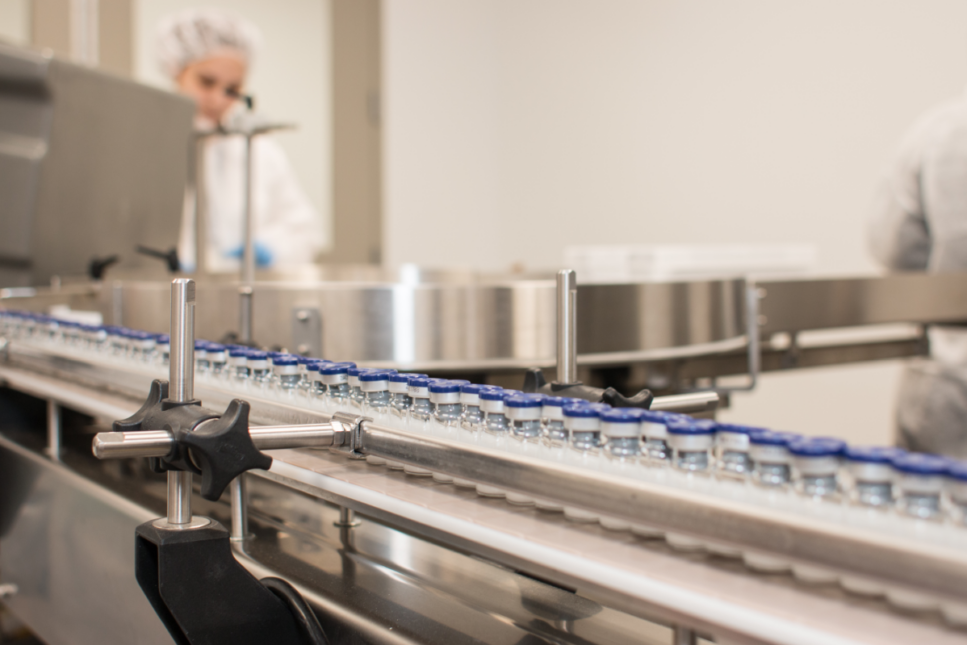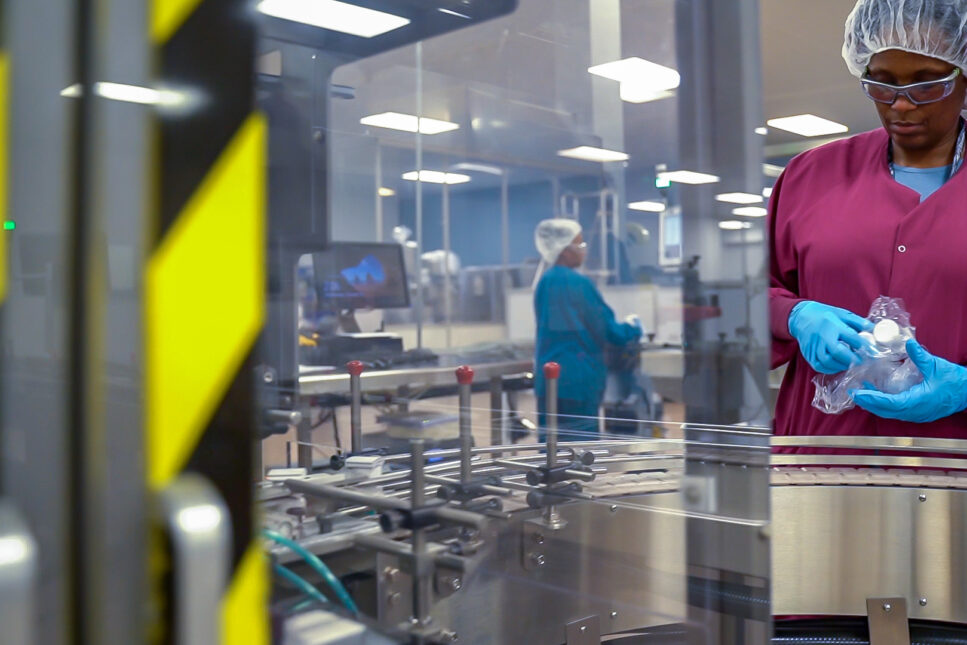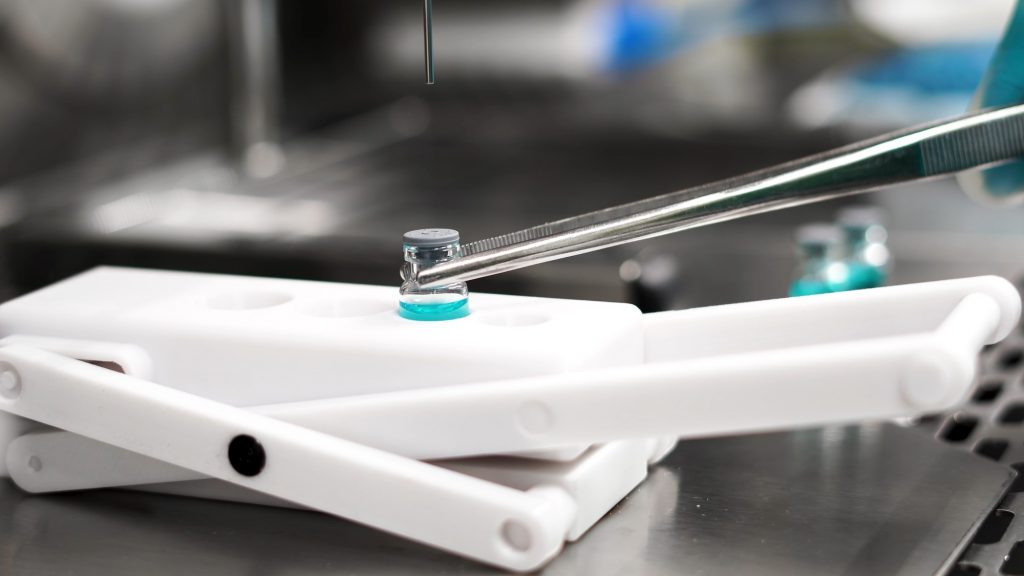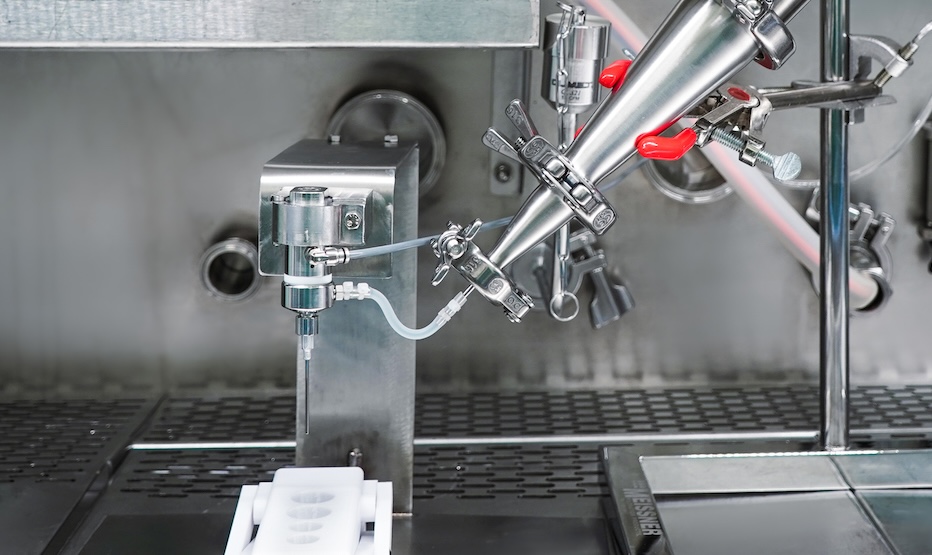Focusing on the development of commercial packaging in early-stage clinical trials is one area that can help save time and money. Here, a Sharp packaging expert, explores how early collaboration between clinical and commercial teams can create significant value for sponsors.
Packaging design
The requirements around packaging design vary significantly depending on the drug product and delivery method. Experienced packaging partners should offer extensive expertise in many different delivery formats and be able to recommend or develop a packaging design that not only protects the product, but can also support patient adherence.
For example, injectable formats such as vials or prefilled syringes are often presented in a kit with multiple components such as needles, product insert, patient education tools or other items that support the efficacy of the product administration. Working with packaging design experts at the clinical trial stage, particularly during human factors studies, will often ensure a more successful packaging design, which contributes to an improved end-user experience and greater patient adherence.
Additionally, smaller batch products, such as orphan and rare disease treatments, may benefit from a standardized topload or sideload cartoning solution that offers configuration flexibility. A standardized patient-friendly design combined with fast production line set-up is ideal for small-batch innovative products that may receive accelerated regulatory approval.
Early cooperation between clinical and commercial teams that are involved in formulation, device, and any kitting design and development, is essential to successful commercialization.
Components – scale and compatibility
It’s important to carefully consider all the components necessary to assemble final packs. Using a bottle as an example, this includes the bottle itself, cap, seal, neck banding, label, desiccant or cotton, package insert, carton and even the shipping container.
Having a commercial packaging subject matter expert (SME) weigh in with recommendations on componentry during the clinical stage can be incredibly beneficial and have a real impact in de-risking common issues associated with scale-up.
A simple example relates to stock volumes and supply. Components used for clinical trials may not be available at commercial scale at a particular time needed for launch. A contract packaging partner can work with vendors to assure increased volumes can be made available or suggest alternative suitable components. Involving commercial packaging experts in the discussion early can help prevent unnecessary pressure and delays associated with component supply issues.
Another benefit of early input from a commercial packaging expert is their ability to focus on the compatibility of the components in the commercial packaging production processes. In the clinical phases, a lot of packaging processes involve manual work because of the low volumes and the need for flexibility. As the product progresses to commercialization and production scales up, packaging automation may be required to meet the increased volumes and so the components’ compatibility with equipment and processes should be considered in advance.
Analytical requirements
Keeping the components consistent across the clinical phases and into commercialization also has implications for the testing and qualification of packaging.
When the same materials can be used throughout the product’s entire lifecycle, analytical data obtained during the clinical phase can be leveraged in commercialization. This helps avoid repeated testing which will be required when moving to another packaging component, adding both time and cost to a project.
Global presence
Clinical packaging is very often centralized and then distributed to various countries and investigator sites, whereas with commercial products the packaging is most often regionalized. For sponsors this will mean they not only need a contract partner that can package at commercial volumes but one with relevant regional access, global regulatory knowledge and an understanding of import requirements.
While a good pharma or biotech packaging company should have the agility to react at short notice and deliver for these regional requirements, earlier involvement by the commercial packaging team means both parties can better plan capacities and explore ways to add value.
The benefits of early adoption in commercial packaging
The best opportunity for effective collaboration between clinical and commercial packaging teams is to work with a partner that can offer both within the same organization. Shared knowledge of the challenges of scaling up, familiarity with documentation as well as the preexisting interpersonal and functional relationships creates a natural efficiency.
Even if choosing to use separate contract partners to deliver clinical and commercial packaging, bringing commercial packaging experts into the process early can still offer the same benefits – saving time, reducing risk and accelerating speed to market.
Partner with Sharp
With over 70 years in business, we have the experience and expertise to design and engineer packaging solutions that support every stage of your product’s lifecycle. We collaborate with you to deliver tailored services that meet the most stringent quality demands.
[1]Pharmaceutical Companies Lose $637 Billion in Revenue Annually Due to Medication Nonadherence Estimated Annual Pharmaceutical Revenue Loss Due to Medication Non-Adherence. Capgemini Consulting. HealthPrize via PR Newswire. Nov, 2016.
[2] M.A. Fischer et al. “Primary Medication Non-Adherence: Analysis of 195,930 Electronic Prescriptions.” Journal of General Internal Medicine, February 2010
[3] Medication adherence: WHO cares? National Center for Biotechnology Information (NCBI), Marie T Brown, Jennifer K Bussell. 2011 Mar 9
[4] Blaschke, Osterberg, Vrijens, Urquhart, 2012, Ann Rev Pharmacol Toxicol, 52:275-301





